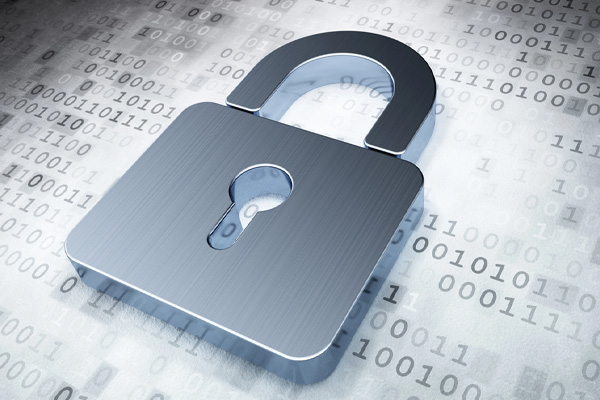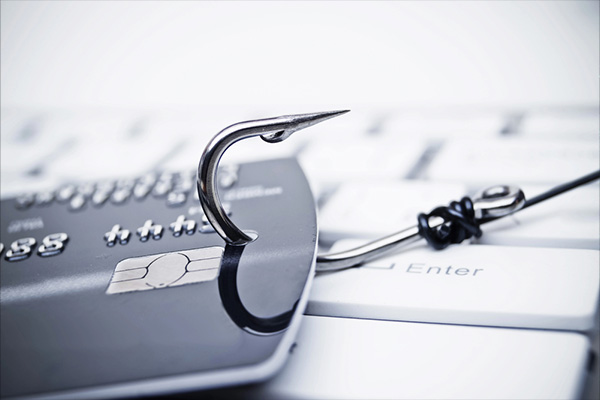The Critical Importance of Internet Security in the Digital Age

The Cybersecurity Insurance Nobody Talks About: Why Managed Hosting Protects More Than Just Data
February 18, 2025
Holiday Cyber Fraud: Why Scams Spike During the Holidays and How to Stay Protected
December 16, 2025In an era where digital transformation drives innovation and connectivity, internet security has become a cornerstone of modern life. From individuals to multinational corporations, the need to safeguard sensitive data and digital infrastructure has never been more urgent. As cyber threats grow in scale and sophistication, understanding the landscape of cyberattacks and the frameworks designed to mitigate them is essential.
The Rising Tide of Cyberattacks
Cybercrime is not just a nuisance; it’s a multibillion-dollar threat. In 2023 alone, there were 2,365 reported cyber-attacks, affecting over 343 million victims worldwide1. The average cost of a data breach in 2024 reached $4.88 million, underscoring the financial devastation these incidents can cause1. Alarmingly, email remains the most common vector, with 35% of malware delivered through phishing and other email-based attacks. 1
Common Types of Cyberattacks
Cyberattacks come in many forms, each with its own tactics and targets.
Here are some of the most prevalent:
- Malware: Malicious software like viruses, worms, ransomware, and spyware designed to damage or gain unauthorized access to systems.
- Phishing: Deceptive emails or messages that trick users into revealing sensitive information.
- Ransomware: Attackers encrypt data and demand payment for its release.
- Denial-of-Service (DoS) and Distributed DoS (DDoS): Overwhelm systems to make services unavailable.
- Man-in-the-Middle (MITM): Intercept communications between two parties to steal or manipulate data.
- SQL Injection and Code Injection: Exploit vulnerabilities in applications to execute malicious commands.2, 3, 4
Understanding these threats is the first step toward building a resilient cybersecurity posture.
The Role of Security Frameworks: SOC 1, SOC 2, and PCI DSS Certification
To combat these threats, organizations turn to internationally recognized standards and frameworks that validate their security practices.
System and Organization Controls
- SOC 1: focuses on internal controls over financial reporting. It’s particularly relevant for service providers whose systems impact their clients’ financial statements. A SOC 1 report assures clients that financial data is handled securely and accurately.
- SOC 2: is tailored for technology and cloud-based companies. It evaluates an organization’s controls based on five Trust Services Criteria: security, availability, processing integrity, confidentiality, and privacy. A SOC 2 report demonstrates that a company can securely manage customer data, making it a critical trust signal for clients and partners.5
- PCI-DSS: PCI DSS applies to all organizations worldwide that accept, process, store, or transmit credit card information. Its requirements are not limited by company size or transaction volume. Whether you are a small retailer or a multinational corporation, compliance is essential.
Complying with PCI DSS brings significant advantages:
- Risk Reduction: Reduces the risk of data breaches and associated financial losses.
- Reputation Protection: Demonstrates to customers that their payment information is handled securely, enhancing trust and loyalty.
- Regulatory Compliance: Helps organizations meet legal and contractual obligations regarding data security.
- Operational Efficiency: Encourages the adoption of best practices for IT security, often improving overall operational effectiveness.
- Avoidance of Penalties: Failure to comply can result in heavy fines, increased transaction fees, or even loss of the ability to process payment cards.
Why These Standards Matter
Adhering to SOC and PCI-DSS standards isn’t just about compliance—it’s about building trust.
These frameworks:
- Demonstrate a commitment to data protection.
- Reduce the risk of breaches and downtime.
- Enhance reputation and customer confidence.
- Open doors to new markets and partnerships.
Final Thoughts
As cyber threats continue to evolve, so must our defenses. Investing in internet security and aligning with trusted frameworks like SOC 1, SOC 2, and PCI-DSS is no longer optional; it’s a strategic imperative. Whether you’re a startup or a global enterprise, the time to act is now.


